 In cycling you are humbled, grounded in your surroundings, pushed to physical limits, and given a clean canvas to create on. Graceful shifting, well-chosen lines, and smooth pedaling all bring you in accord with the world. It is a civilizing act. As Jørgen Leth says about Ole Ritter in Stjernerne og vandbærerne: "Here there is only the man and his machine. Here strength, psyche, and style are expressed in the most simple way. ... Yes, he knows himself. He is no machine. He is absorbed in his race as if it were a work of art. ... And he knows the feeling of euphoria, when the wheels start humming, when limits and contours are erased and the fluid thrust is just right. Energy. But, above all, energy under control, the allocation of energy. The ribbon of flat road. The afternoon sun. The front wheel. Hands. Stomach. Breathing. The maximum. ... He is totally involved in a marvelous, integrated effort. ... Just like in a dream. This fluid, gliding thrust of the revolutions equating time and distance. Exertion released from the force of gravity. Energy like a classic symbol. Pain as an icon. A professional's generosity. His evaluation of his own powers. His concept of honor. His sense of duty. His experience. The calculated risks. The significance of the individual effort in a larger perspective. But also the sense of well-being when the machine runs smoothly for the man. When all calculations merge into the ultimate exertion."
In cycling you are humbled, grounded in your surroundings, pushed to physical limits, and given a clean canvas to create on. Graceful shifting, well-chosen lines, and smooth pedaling all bring you in accord with the world. It is a civilizing act. As Jørgen Leth says about Ole Ritter in Stjernerne og vandbærerne: "Here there is only the man and his machine. Here strength, psyche, and style are expressed in the most simple way. ... Yes, he knows himself. He is no machine. He is absorbed in his race as if it were a work of art. ... And he knows the feeling of euphoria, when the wheels start humming, when limits and contours are erased and the fluid thrust is just right. Energy. But, above all, energy under control, the allocation of energy. The ribbon of flat road. The afternoon sun. The front wheel. Hands. Stomach. Breathing. The maximum. ... He is totally involved in a marvelous, integrated effort. ... Just like in a dream. This fluid, gliding thrust of the revolutions equating time and distance. Exertion released from the force of gravity. Energy like a classic symbol. Pain as an icon. A professional's generosity. His evaluation of his own powers. His concept of honor. His sense of duty. His experience. The calculated risks. The significance of the individual effort in a larger perspective. But also the sense of well-being when the machine runs smoothly for the man. When all calculations merge into the ultimate exertion."And there is no civilization without an outpouring of constructive energy.

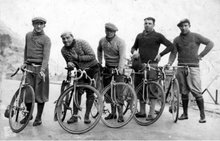















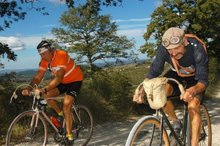














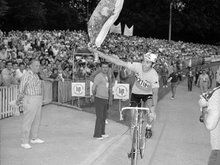
.jpg)


















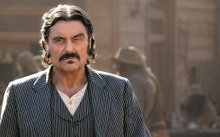
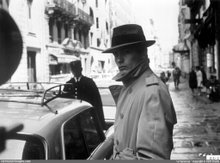
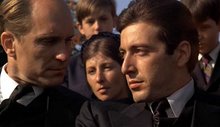

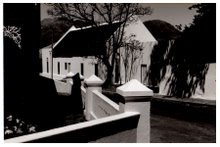





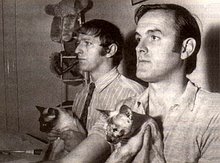
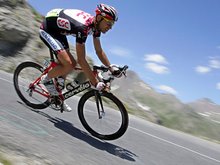
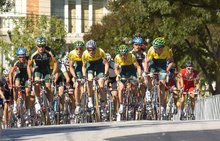
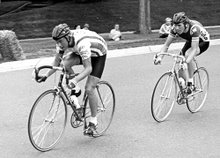
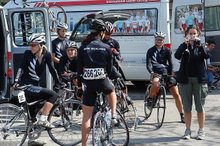
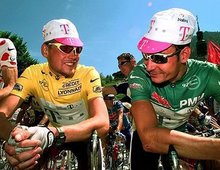




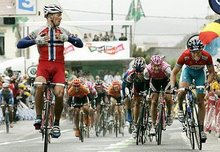
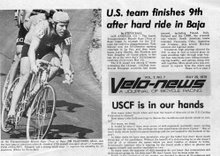
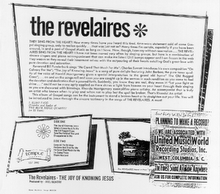




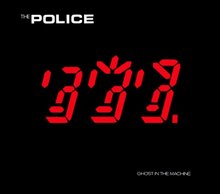


.jpg)

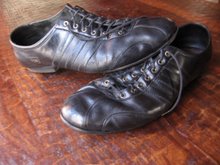




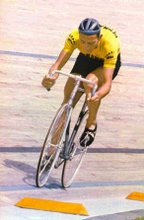
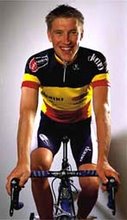



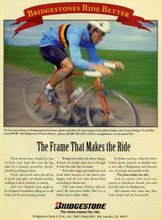


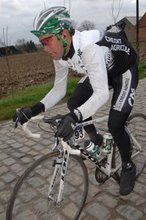
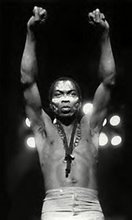
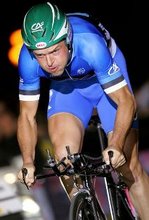



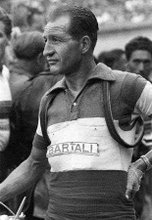
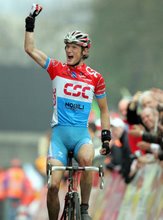

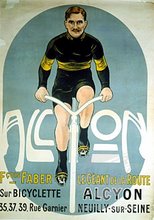




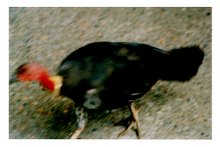


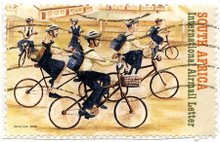

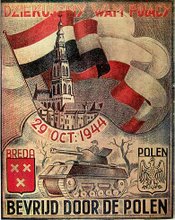










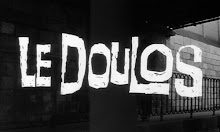






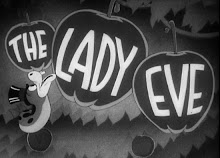







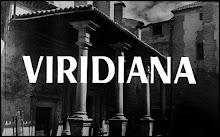





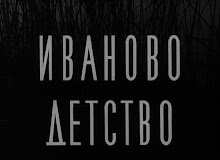















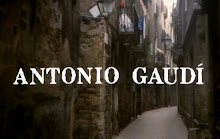






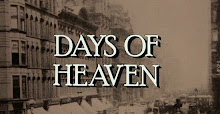


.jpg)




.jpg)



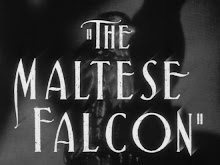




1 comment:
"La Course en Tete" had a great scene that captured the complete focus of the time trial. It was a long take of a camera on a motorbike that zoomed along a TT course amongst thousands of spectators. Initially you notice the crowds and sounds, but eventually you zone out and stare into the horizon. Simple, but thoroughly effective.
Post a Comment